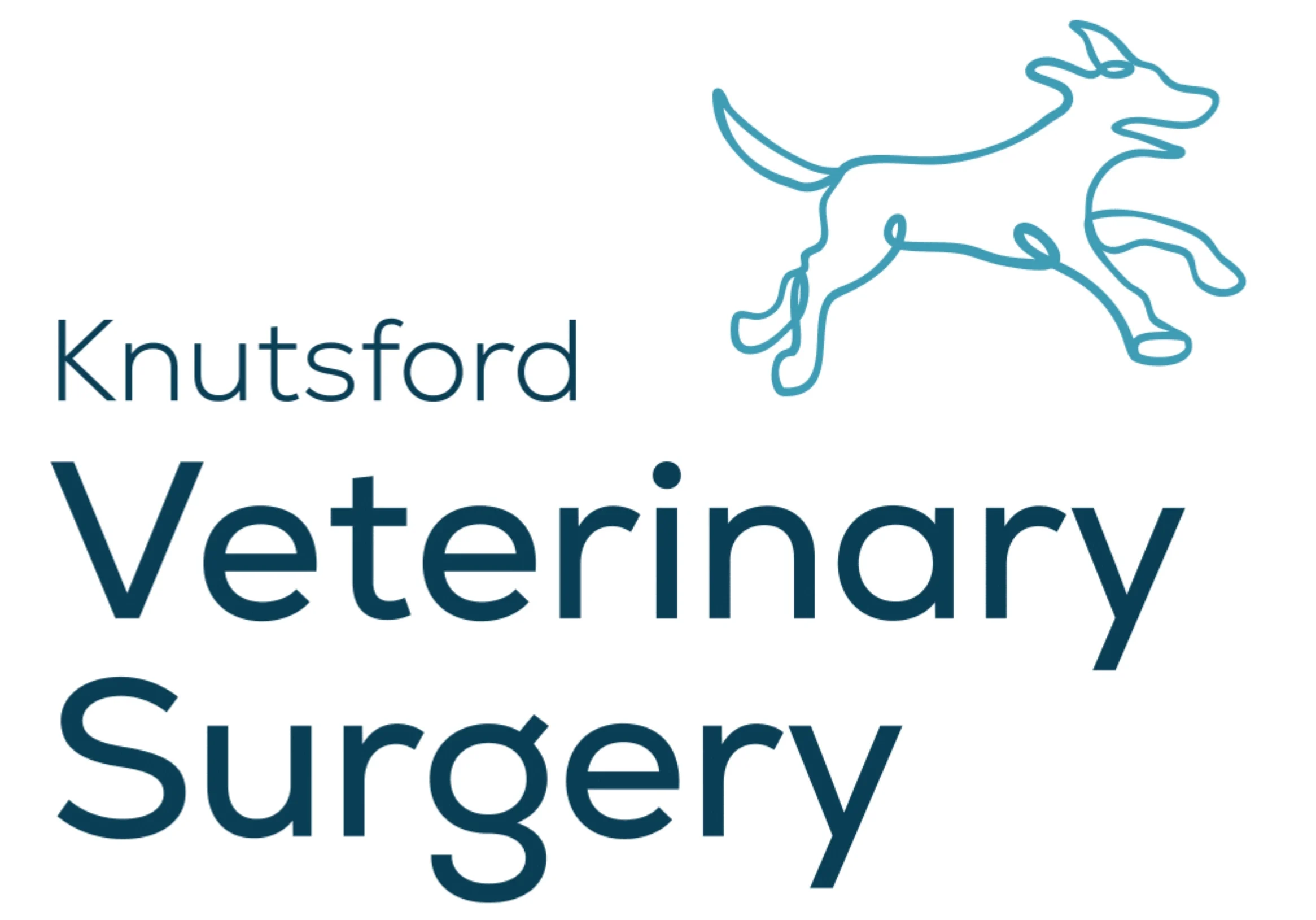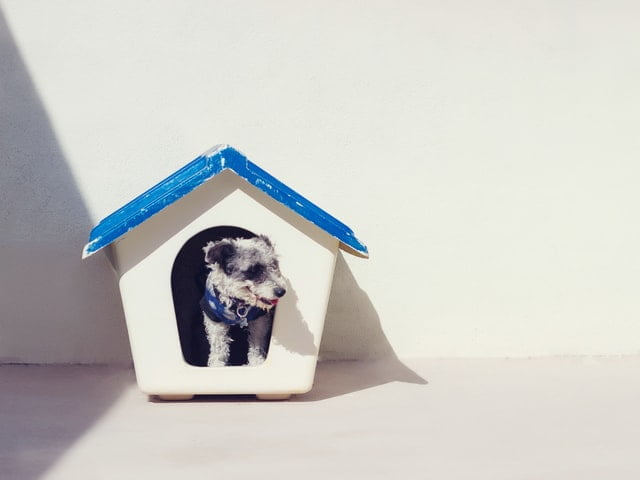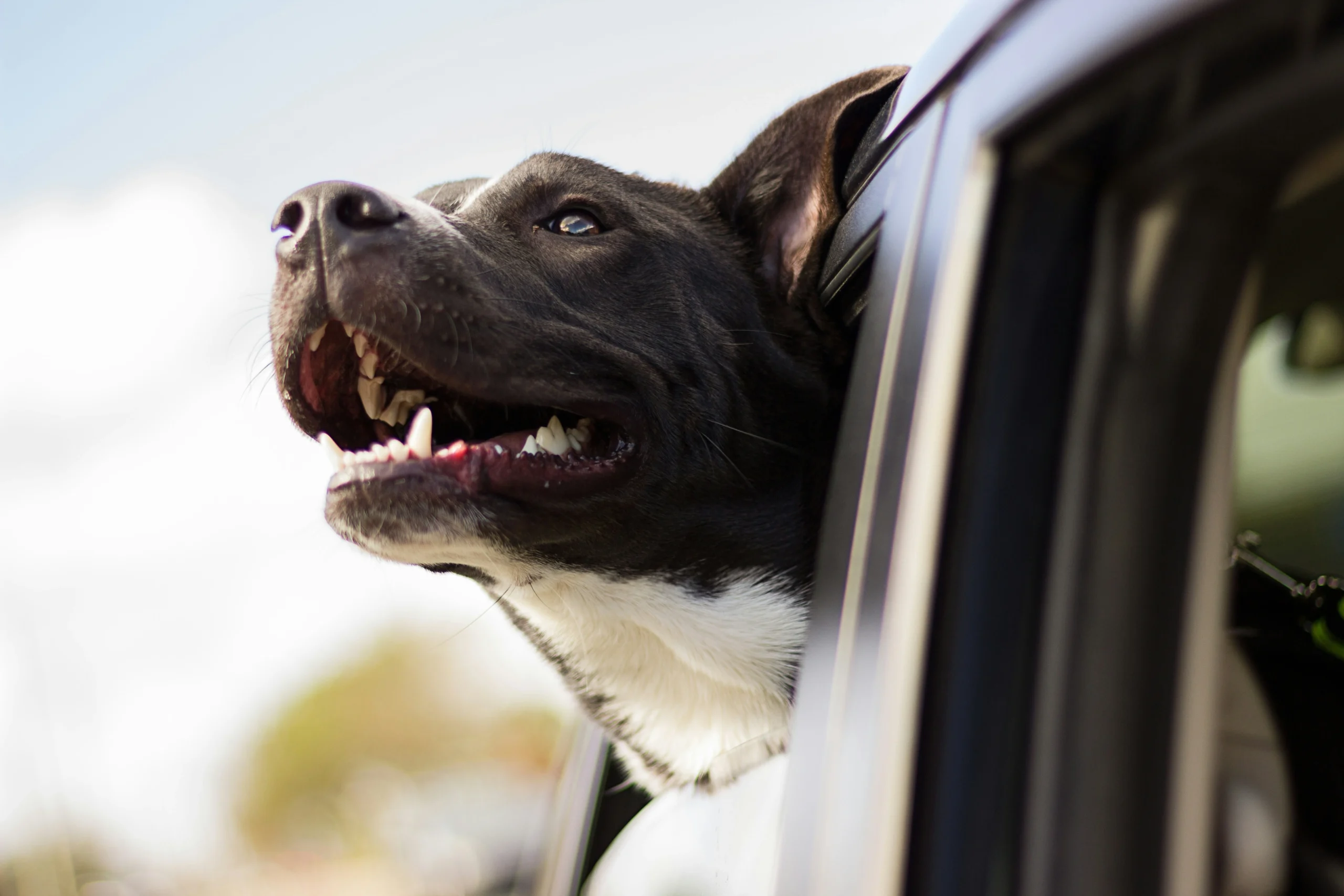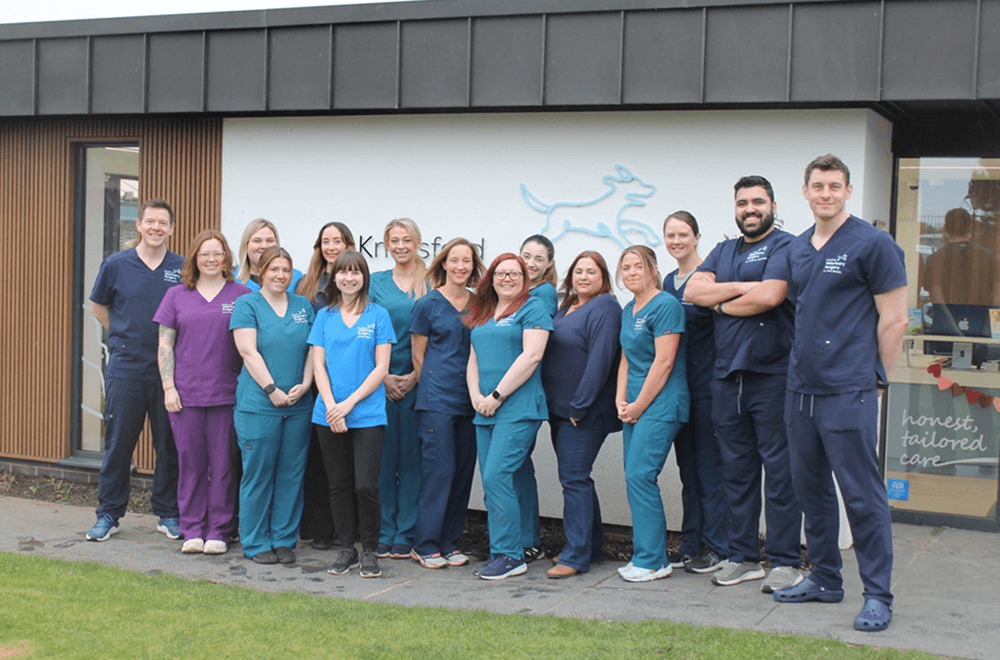Effective Eye Advice from your Vets in Cheshire
As a pet owner, you can expect to have to give your pet eye drops at least once during their life. They may be prescribed for anything from a routine treatment against an eye infection to an important medication for a long term eye condition. In this guide we explain the best way to administer eye drops to your pets and the reasons why they might be needed.
Tips to Safety Administer Eye Drops
Prepare the Eye Drops
When you’re giving eye drops, you want to make the whole process as simple and stress free as possible for you and your pet. Ensure that you’ve removed the lid from the bottle along with any protective caps that may be left on the pipette. Once you know that the fluid will flow you’re ready to go.
It’s also worth noting that that some eye drops come in a suspension and will need to be resuspended before administering by shaking the bottle for 10-20 seconds.
Use An Assistant If Necessary
If your pet gets stressed easily and is unlikely to sit still for long enough, an assistant may be useful to ensure their head remains still so that you can administer the drops. The assistant should focus on steadying the back of the head and the body, whilst you focus on accurately administering the eye drops.
Hold your Pet Securely
Dogs
When your dog is calm and settled, sit them down in front of you. Securely and firmly put one hand around your dog’s muzzle and tilt their head upright. Holding the bottle of drops you should approach your dog’s eye from behind the head. By doing it like this your dog will not get stressed at the sight of the eye drops.
With cats, it may make the process easier to restrain them by wrapping them in a blanket or towel with only their head exposed. The first few times may be particularly difficult, and your cat’s eye may be painful at first, so an assistant may be useful to keep them still. Approach from behind the head.
Rabbits
You will find it easier to administer eye drops to rabbits working from a raised surface such as a desk or table. If it’s slippery, lay down a mat or towel. Like with cats, you may find it best to wrap your rabbit in a blanket or towel to stop them from struggling. Again, an assistant will make the whole process easier, and approaching from behind the head should reduce the chance of your rabbit stressing at the sight of the drops.
How to Administer Eye Drops to your Pet
Step 1: Gently clean away any discharge from around the eyes with cooled boiled water. Pat dry with paper towels.
Step 2: Sit facing your pet. Hold their eye open with your forefinger whilst holding their chin back with your thumb. Ensure that this isn’t your dominant hand.
Step 3: With your dominant hand, position the eye drops at a suitable angle to the eye, approaching from behind the head. Squeeze one drop into the eye (one drop is a single dose). Ensure not to touch any part of the eye with the bottle or pipette to avoid cross-contamination.
Step 4: Keep your pet’s head in the same position for a few seconds to let the eye drops absorb properly, then gently pat away any remaining residue from around the eye.
What Conditions May Your Pet Need Eye Drops For?
Eye drops can be a vital part to managing long or short term eye conditions in cats, dogs and rabbits. Luckily, Knutsford Vets have their very own ophthalmologist Dr Paul Adams.
Common eye conditions
Pets can present with many different eye problems throughout their lifetime. Some may be routine issues that will go away with simple treatments, whilst others may be the sign of more serious problems that require an operation. Most eye ailments will usually require at least some form of eye drop medication.
Some of the most common conditions that require treatment include:
Conjunctivitis
This is an inflammation or infection of the conjunctiva and it affects around 5% of dogs in the UK. The symptoms include pinkness of the eye, excessive blinking and often a discharge.
Cataracts
These are the development of opacity in your dog’s lens and can affect their vision. Without treatment these can progress and cause blindness. Cataracts account for 2% of all cases at UK vets. Consult your vet if you notice cloudiness or greying in their eyes.
Kerato-Conjunctivitis Sicca
This condition is a dryness of the eye caused by a lack of fluid coating the eyeball. It commonly leads to eye infections, and can be characterised by excessive blinking and swelling of the eye. The condition is relatively common in cats, dogs and rabbits, although is particularly common in dog breeds such as cocker spaniels, Poodles, Bulldogs, West Highland White Terriers, Lhasa Apsos, and Shih Tzus. It is also thought that females may be more predisposed to KCS than males.
Entropion
This is an abnormality of the eyelids which causes them to roll inwards. Entropion can cause irritation of the eye, resulting in pain and damage to the cornea. Eye drops are used to alleviate symptoms, however surgery is often required to effectively treat entropions.
Uveitis
Uveitis is inflammation of the inner portions of the eye. The condition is usually the symptom of a more serious illness and is characterised by excessive blinking, squinting, discharge and sensitivity to light.
These are some of the more common reasons that your pet may need to see a vet with eye conditions, however less common reasons may include glaucoma, hyphema, and high blood pressure, and also more serious issues such as trauma.
What Are the Different Eye Drops I may Be Given to Use?
A range of different eye drops and ointments are used in the treatment of eye conditions. They include:
- Antibiotics
- Anti-inflammatories (Steroids and non-steroidal anti-inflammatories)
- Lubricants
- Mydriatics (drops to dilate the pupil)
- Miotics (drops to make the pupil smaller)
If your pet has symptoms of any of the conditions that we have mentioned in this article, then you may want to book an appointment online or register your pet online today.
We have a range of vets advice articles across our site that will help you learn more on your pet’s ailments.
You can always contact us here at Knutsford Vets Surgery on 01565337999 with any questions or concerns you may have.
Ophthalmology
Knutsford Vets’ Dr Paul Adams has additional training in Veterinary Ophthalmology enabling him to diagnose and treat a wide range of pet eye conditions. Find out more about our Ophthalmology Referrals and Second Opinion service on our Veterinary Ophthalmology page.





